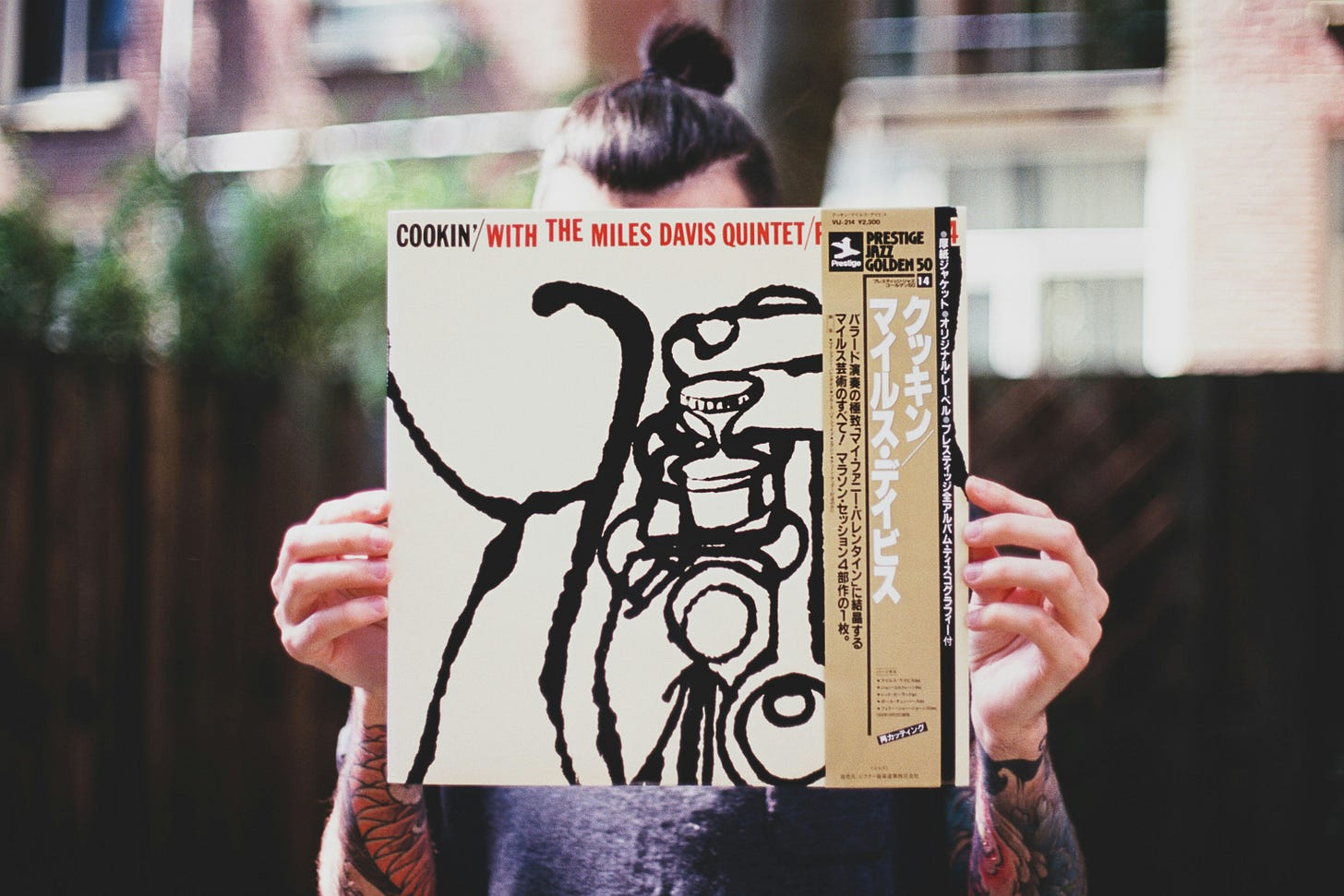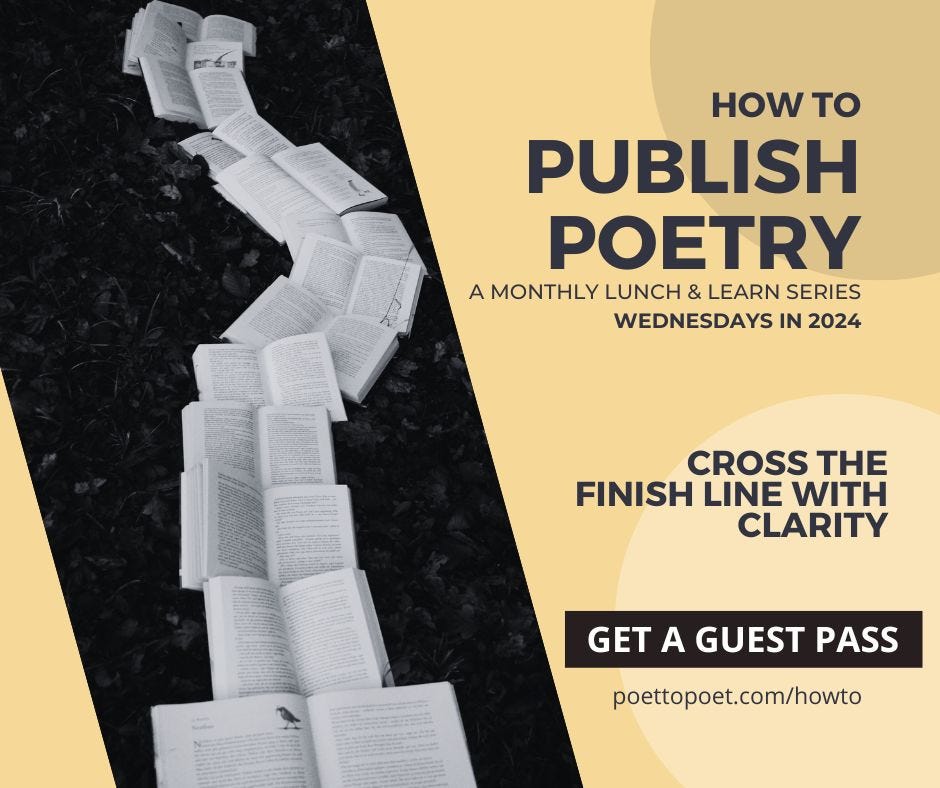As poet Sarah Giragosian says in this interview: Not enough has been written about how poets create and assemble bodies of work.
Which may explain why I’ve had a lifelong habit of peeking over the wall into other disciplines—like music and visual art—for inspiration. How does an artist call up the necessary demons and angels, sustain creative momentum, and then, eventually, complete the work and start all over again? How do they keep reinventing themselves and their creative processes? What does the work really look like?
Take these musicians talking about making albums:
Molly Rankin of Alvvays on revising/remixing: You have so much time with things and you go back and forth between different versions, and sometimes you just don’t capture the energy, the sound of the initial thought, or the sound of an idea forming. It has this unique air that, sometimes, can be really hard to pin down when you’re really focusing on doing that.
Ellie Rowsell of Wolf Alice on coming to accept one’s preferences: I just wrote things that I knew because I enjoyed it rather than trying to write things that I felt was expected of me or, it's ridiculous to say, trying to be cool. I always quote this thing that [singer and producer] St Vincent said, you spend your whole life trying to outdo yourself in song writing and trying to be clever and write something that no one's written before or won't expect of you and then eventually you just want to write songs that will be the songs that will be your favorite songs.
Victoria LeGrand of Beach House, on collaboration and process: Closeness in general, that’s what continues to evolve. I think in any partnership in life – friendship, romance, working, whatever – there’s no end to closeness. I think that intimacy is not just a romantic thing, it’s a knowing of someone. That continues to deepen. And it’s mind-blowing. You know someone for more than ten years and you continue to find small new things about them that you never really realized, or things maybe they tried to hide come out.
Katie Crutchfield of Waxahatchee on what each song contributes to the album Saint Cloud: I always knew that “Oxbow” was going to be the first song. I wanted it to be a big-sounding, genre-confusing song that makes you wonder what the rest of the record will be. I always saw it as the beginning of the story, which is the decision to start taking better care of myself. If we’re going to talk about the record, we have to talk about my sobriety.
Wherever you find it …
My first publishing job out of college was an internship at Ray Gun, an alt-music magazine in Los Angeles, where my very first assignment was to transcribe a cover-story conversation between Iggy Pop and Perry Farrell. Those two didn’t offer any inspiration, but my behind-the-scenes POV on other musicians did. I was also helping the writer Irene Borger put together an anthology of writing from the AIDS Project Los Angeles, which taught me something about how to bring diverse voices together.
Over the years, I’ve grown to appreciate how what happens behind the scenes of music making parallels what goes into birthing a poetry collection. Creating an album seems a lot like building a collection. If you’ve taken a manuscript course with me, you know I like to suggest approaching poem-sequencing like songs on an LP: You want consistency (a recognizable voice) but also a lot of variety. Break up the ballads with punk cuts. Follow up a feisty track with a meditative one.
Music is my personal go-to, but I bet martial arts, archery, oil painting, coding, cooking, or learning how to fix cars (any process that involves developing a complex skillset to offset chaos) has just as much to offer.
Which disciplines outside of poetry inspire your process? Share in the comments.
Upcoming Events / Poet to Poet Community
How to Publish Poetry — Monthly Lunch & Learn
Find clear answers about what matters to getting your poetry published with at our monthly Lunch & Learns. The next one is March 6th. Bring your questions! Get a free guest pass.






Yes, I think it’s hard to overstate the parallels between a traditional music album and a poetry collection, both in selection and sequencing, but also in the amount of effort that goes into mixing/editing and polishing each track/poem. And everything tied together with a memorable album/book cover design.
I don’t know how music has affected my “process,” but certainly one of things that led me to poetry was looking at song lyrics and thinking about the similarities and differences between lyrics and more conventional page poetry. Recently it occurred to me that another similarity is how musicians typically write music first or at the same time as they write lyrics, and rarely lyrics first. That’s sounds so much like ekphrasis, but where the musician’s own music is serving as the artistic inspiration for the lyrics.
Occasionally someone will do lyrics first, and it’s also worth hearing them talking about that atypical process, as Olivia Rodrigo recently did on her NPR Tiny Desk concert. She describes taking a poem and setting it to music as an “experiment.”
Should be queued up to her explanation (8:30 mark):
https://www.youtube.com/watch?v=jmh3iruf4RA&t=510s